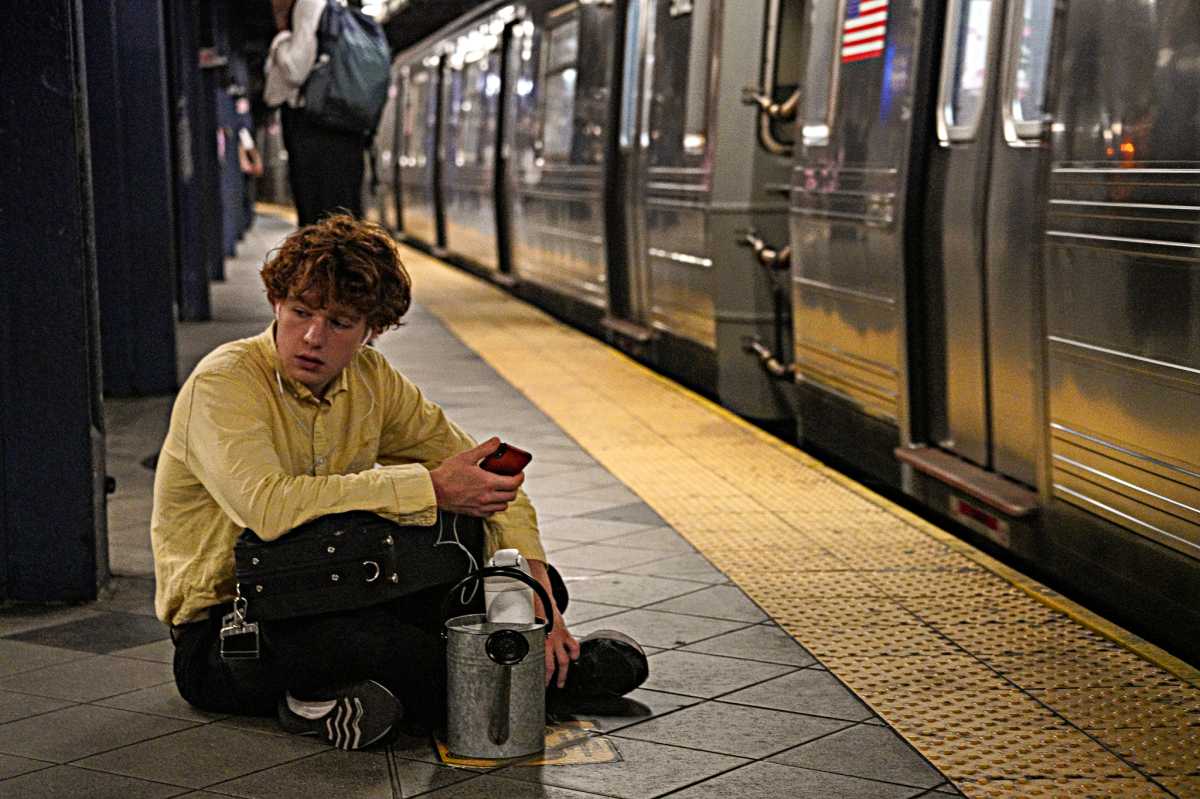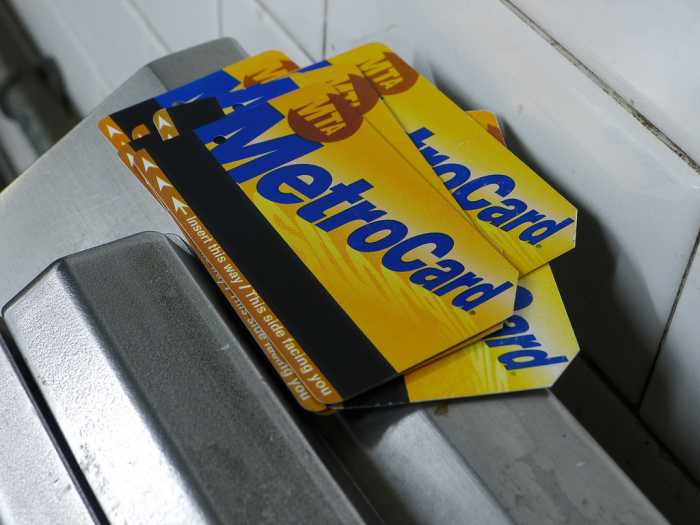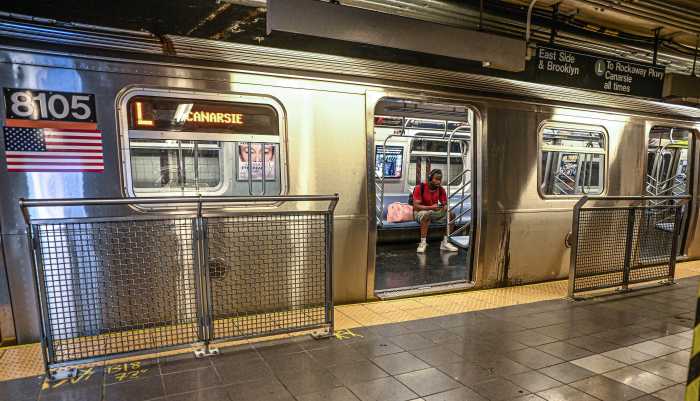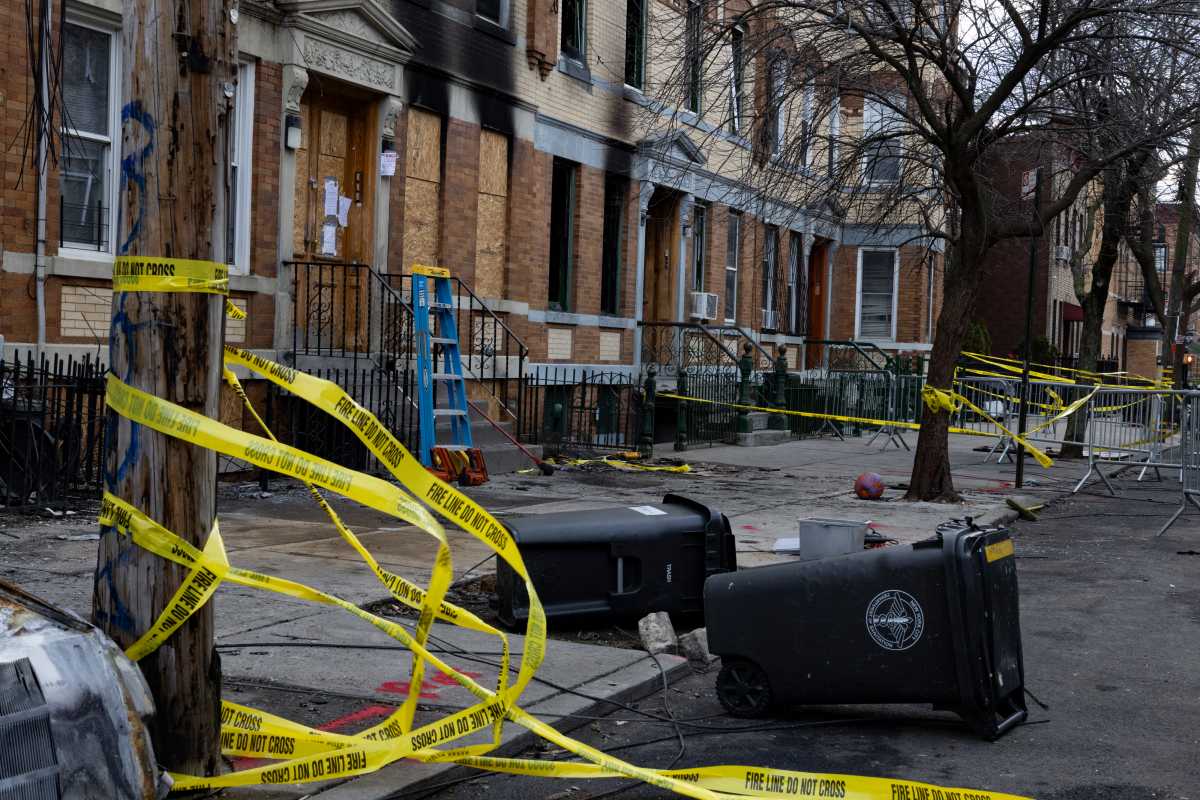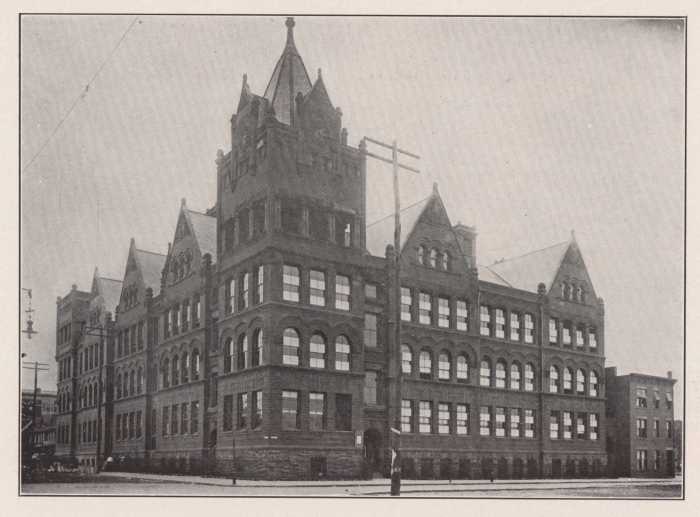This week’s brutal heat wave is rekindling one of New Yorkers’ worst nightmares: the dreaded “hot car” on the subway.
With temperatures approaching 100 degrees this week, and with the vast majority of stations lacking air conditioning, schvitzing New Yorkers on a scorching platform may see an approaching subway train as a literal light at the end of the tunnel.
But the terror only gets worse when they step onto the train only to realize the air conditioning is not working on their car, forcing them to either sprint to the next one or endure a hellish journey to their destination.
To be sure, hot cars are rare: the MTA says on an average day, a whopping 99% of subway cars have functioning a/c. But with about 5,400 cars in service during a given rush hour, that means around 54 hot cars are snaking their way throughout the system — waiting to make unsuspecting riders suffer.
Brooklyn resident Ryan Pearlstein was one of the unlucky ones on Tuesday morning: He got on a 6 train at Brooklyn Bridge-City Hall, heading to the Bronx, only to find every single car was hot.
“Every single car on the 6 train, there was no air conditioning. Hot as p*ss, bro,” Pearlstein told amNewYork Metro recounting that he moved to the 5 express train at the first opportunity. “Everybody was sweating and complaining, it was so bad.”


What do you do if your train car is too hot?
Should you encounter one of these sweltering subway cars, you can, of course, skip away to the next one and go about your day.
“I will bear with it if I’m only going a stop or two and it’s not extremely hot,” said Brooklynite Meghan McNamara, who estimated she enters a hot car about once a week, at the Jay Street-MetroTech station. “But on a day like today, I’d definitely move to a different car.”
But you can also take action to ensure the car is fixed so others don’t have to deal with it.
To do that, you can find the car number, which is posted at the end of every car both inside and outside. Then, you can notify the MTA in a number of ways, by relaying them the car number and line by calling 511, sending a text on WhatsApp, using a help point intercom on station platforms, or tagging @NYCTSubway on X, the app formerly known as Twitter.
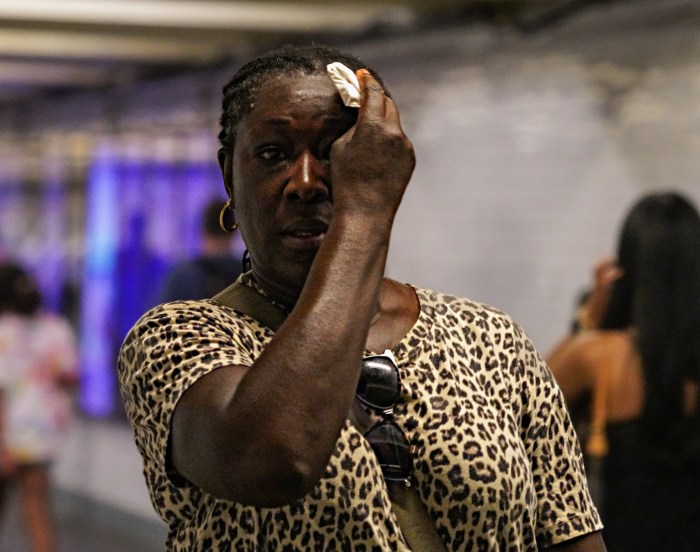
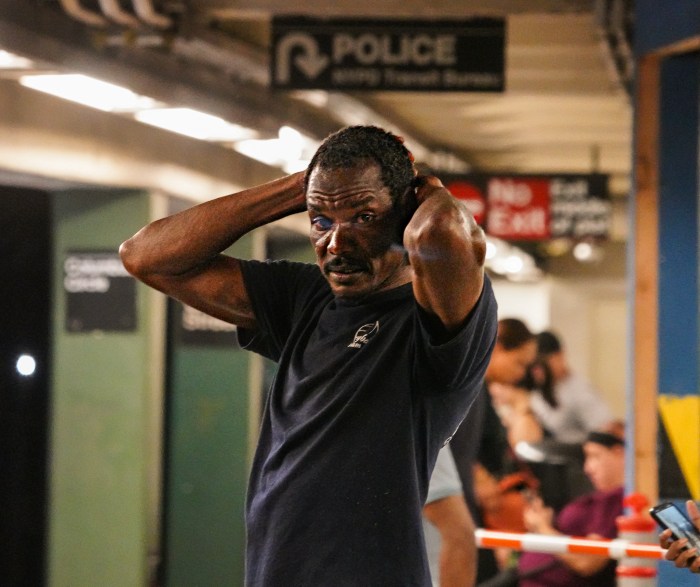
What happens with a hot train car?
When the MTA receives a report of a hot car, the car is taken out of service for repairs. Cars are also inspected by transit crew members once the train reaches the end of its route and returns to the subway yard.
Hot cars are more likely to be encountered on the subway’s older rolling stock models, the ones that entered service in the 20th century. Those cars’ AC units are located underneath the train and require complex work to fix. On the flipside, newer subway car models have AC units built into their roofs, where they can more easily be replaced with another unit.
Read More: https://www.amny.com/nyc-transit/



